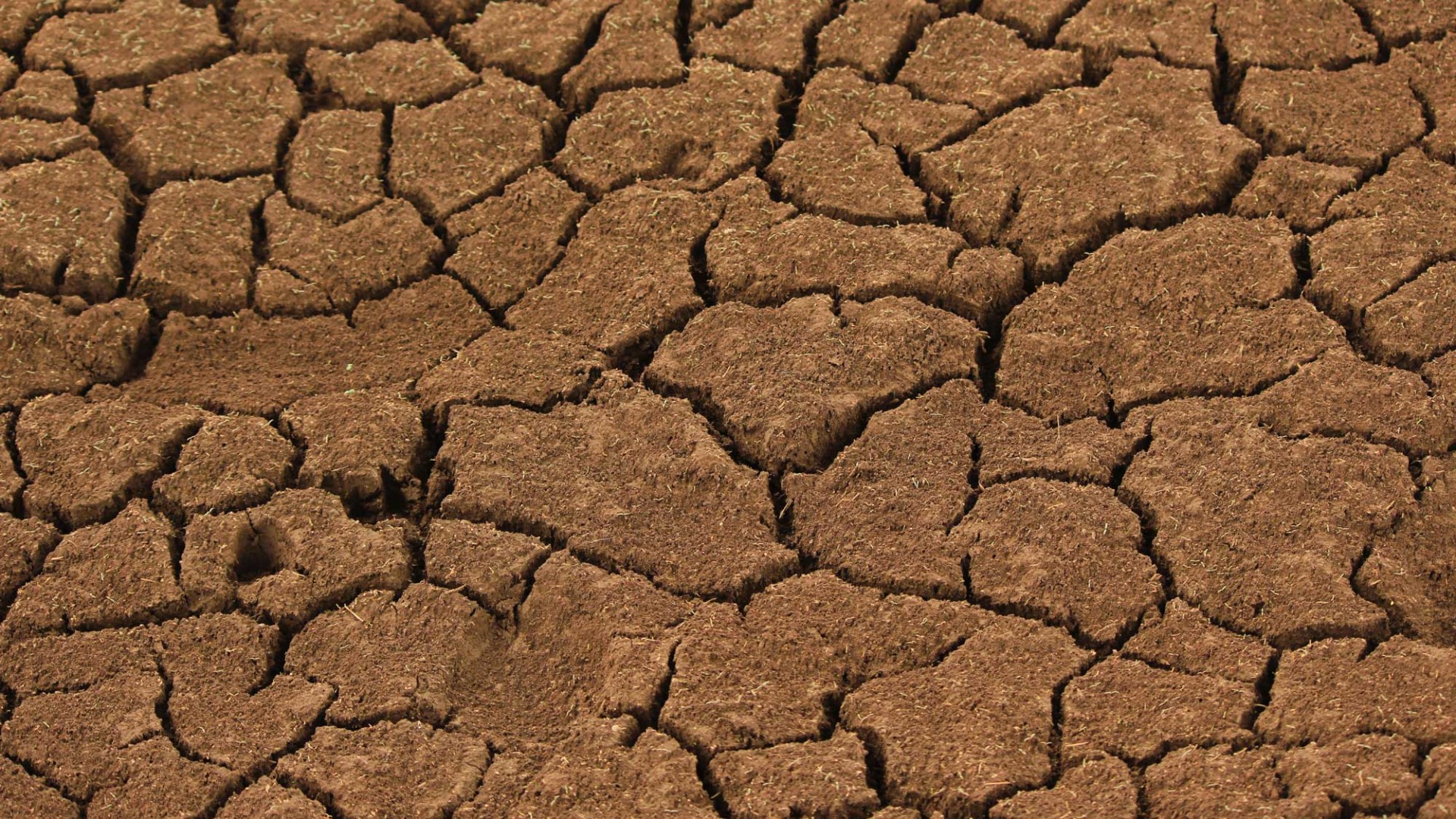The Middle East is a politically unstable region with a growing urban population and limited freshwater resources. Climate models predict the region will only become drier in the future, with more frequent droughts and a 20 percent decrease in freshwater availability by 2100. A core recently drilled from the bottom of the Dead Sea shows that, during the planet’s two previous warm periods, the Middle East experienced thousands of years of severe aridity, with water levels dropping to half of what’s available today. These past, present and future trends have important implications for water resource management in a warmer, drier future Middle East, and can help with planning and adaptation.
With support from the President’s Global Innovation Fund, the Earth Institute at Columbia University organized the workshop Bridging Science and Policy: Water Scarcity, Climate Change and Adaptation in the Middle East at Columbia Global Centers | Amman that brought together natural scientists, social scientists, urban planners and designers, stakeholders and policy makers. The aim of the workshop was to establish networks and promote cooperation between different stakeholders, in order to seek solutions that addresses water and environmental issues in the Middle East.
The workshop was organized by Yael Kiro, Associate Research Scientist, Columbia University; Steven Goldstein, Chair and Professor, Department of Earth and Environmental Sciences, Columbia University; Yochanan Kushnir, Lamont Research Professor LDEO-Ocean and Climate Physics, Director of The Cooperative Institute for Climate Applications and Research, Adjunct Professor Earth & Environmental Sciences, Columbia University; and Marissa Sterling, Policy Specialist, Columbia University.

